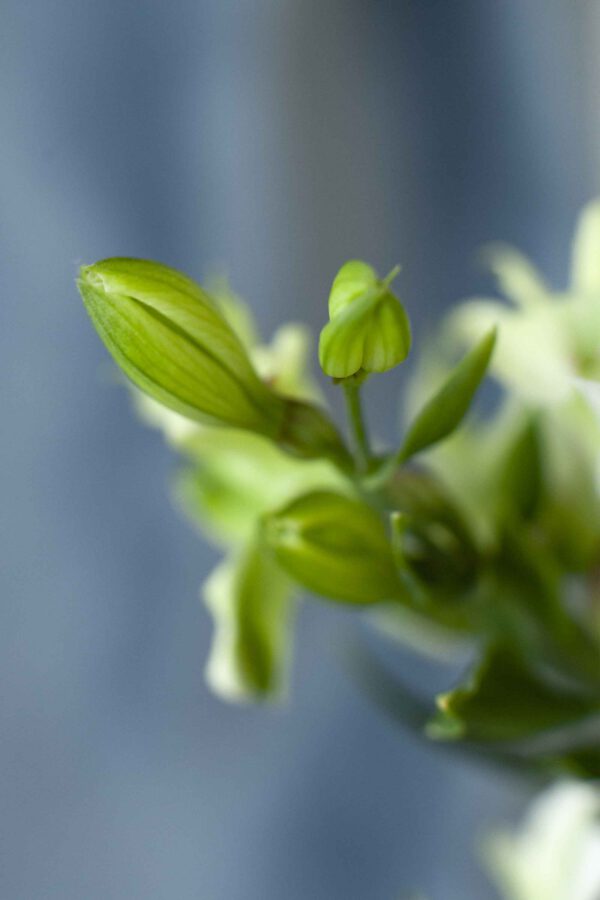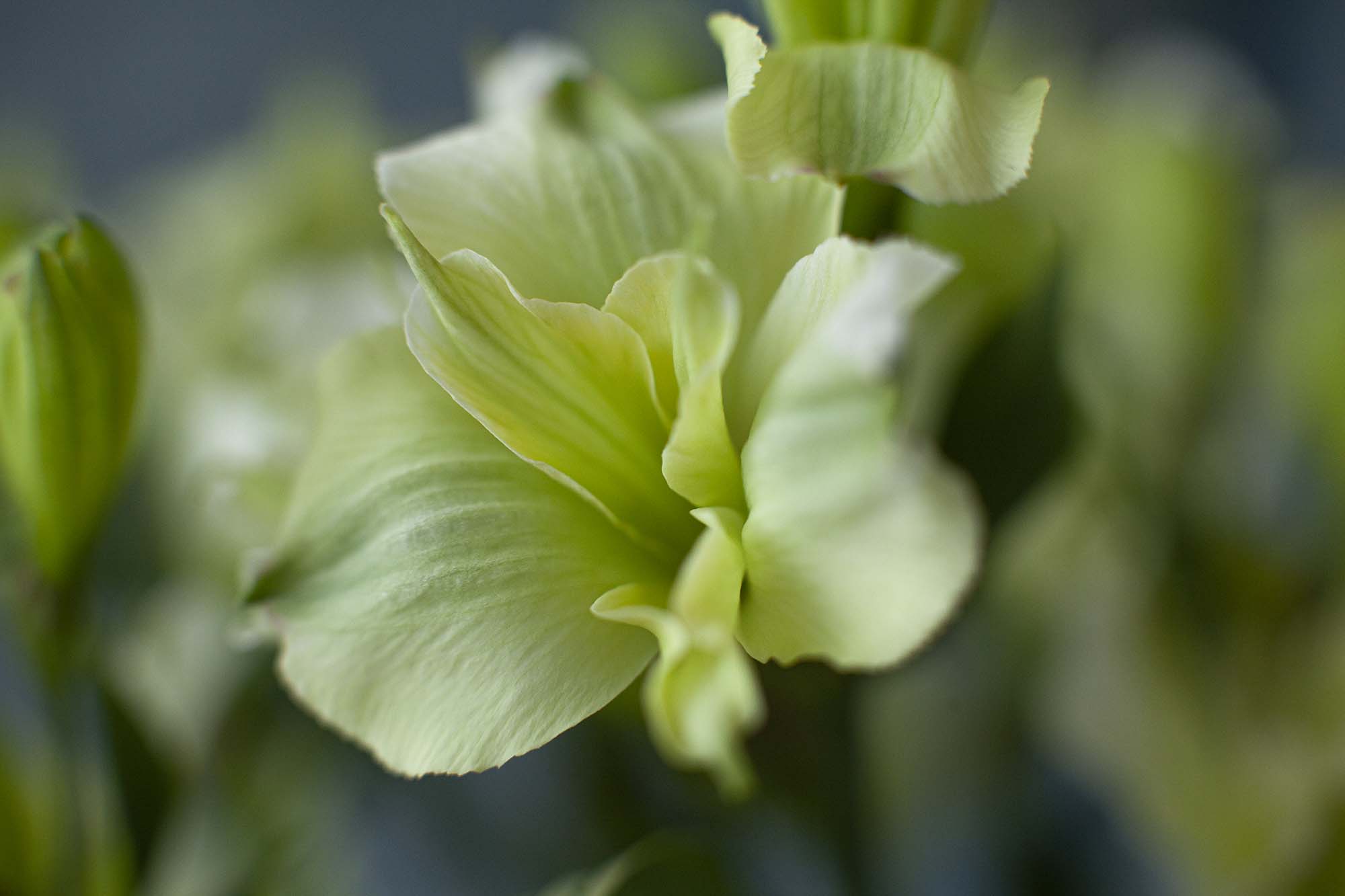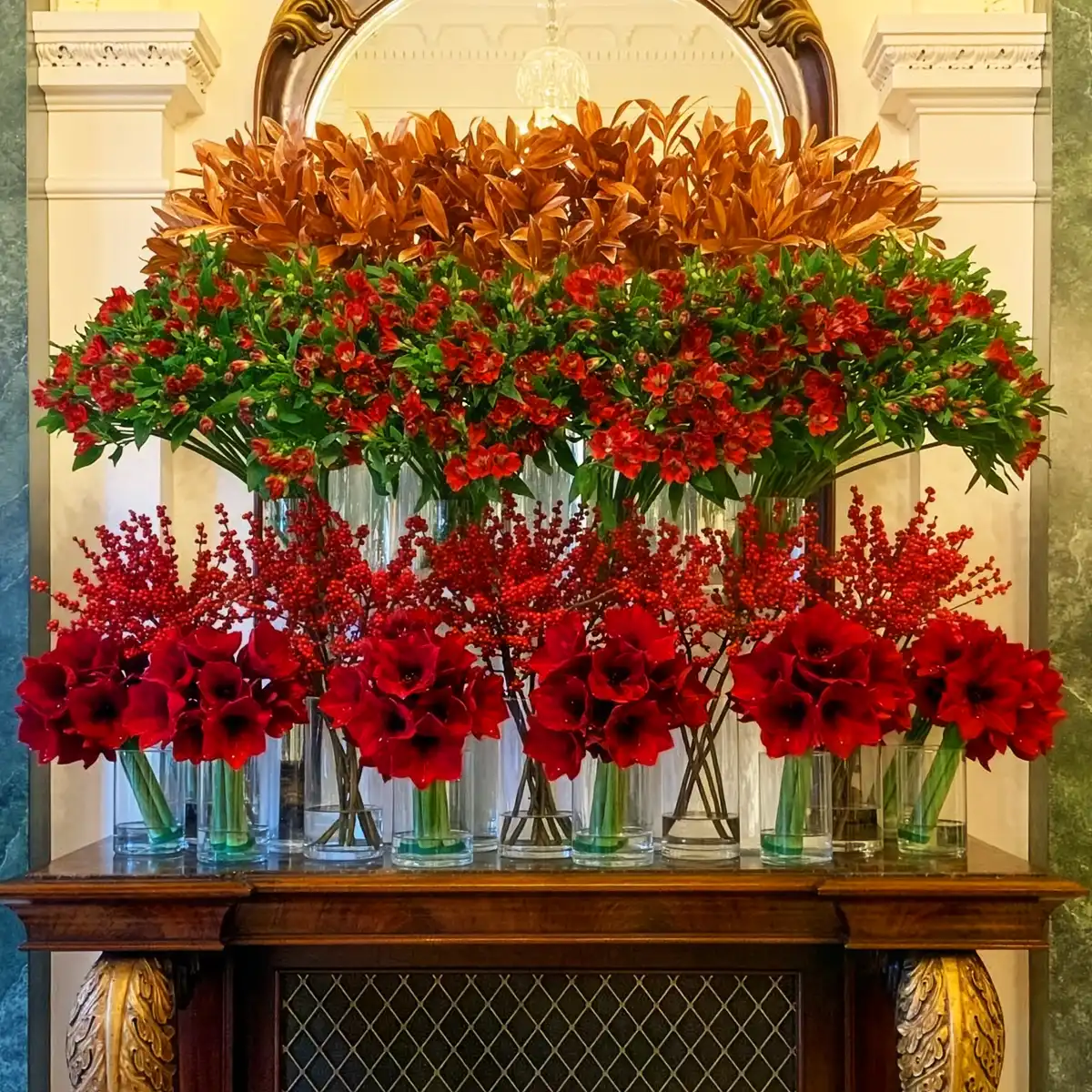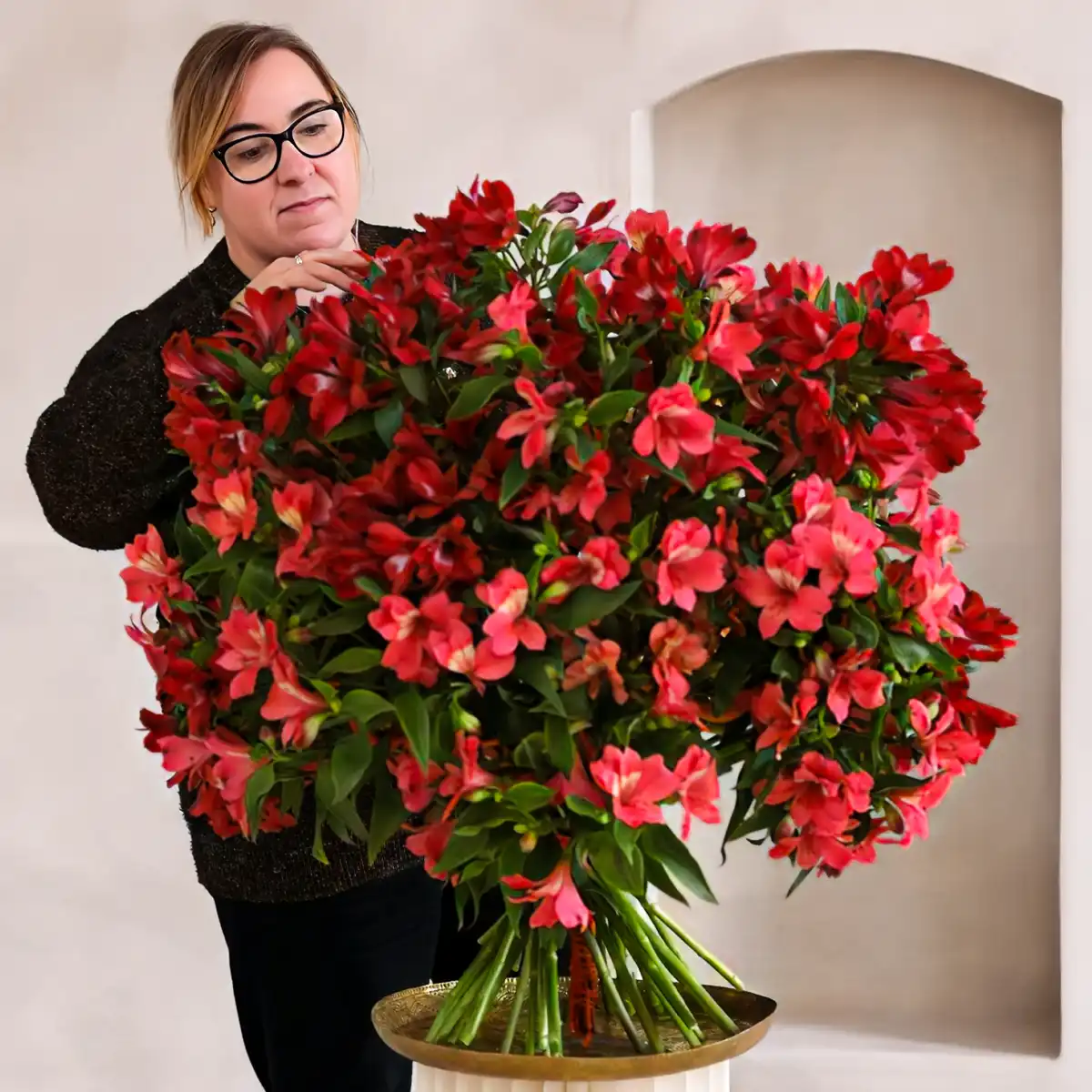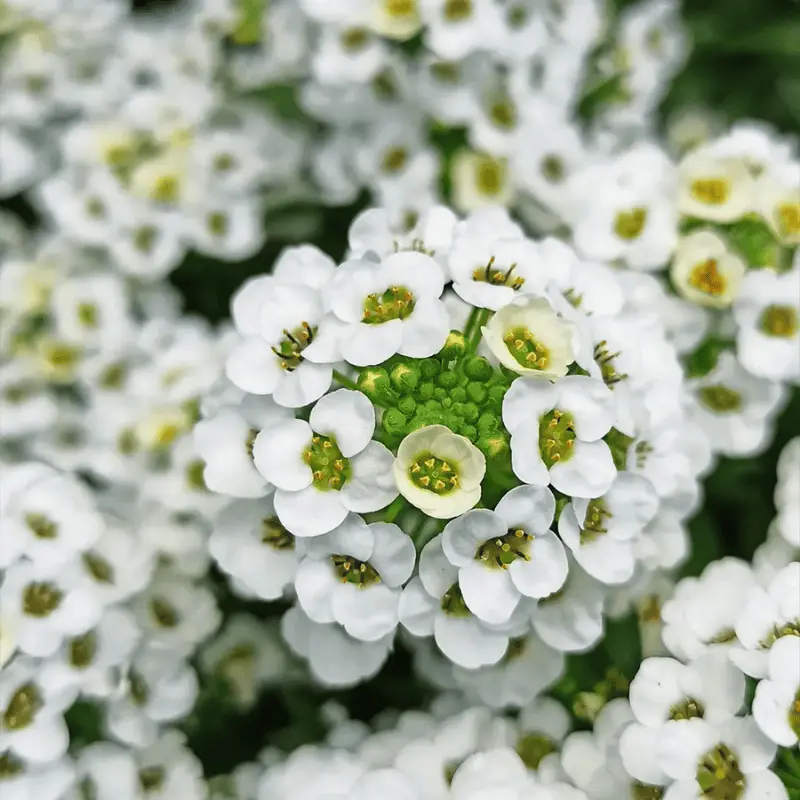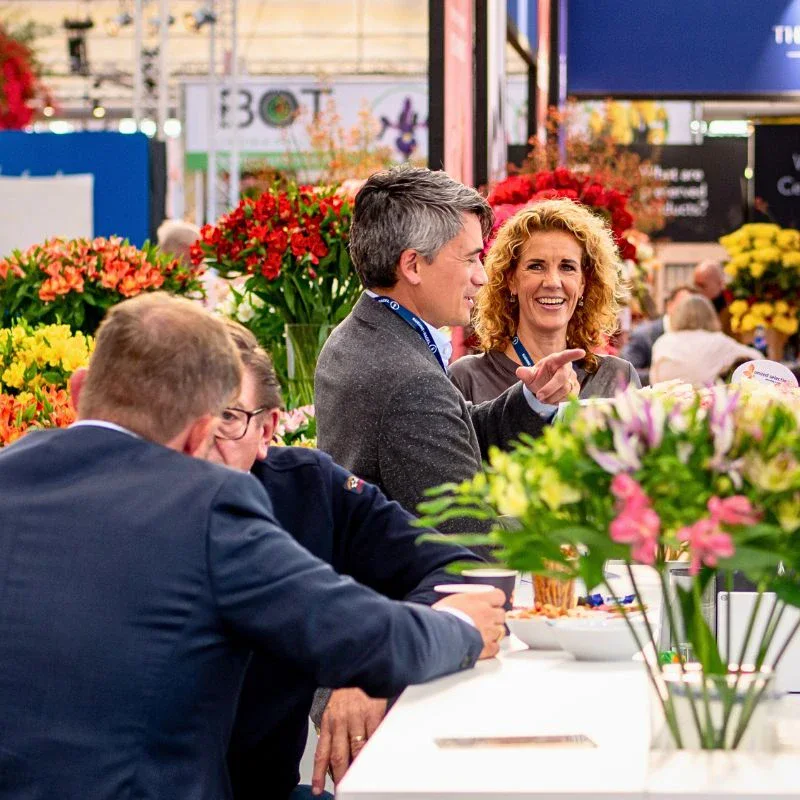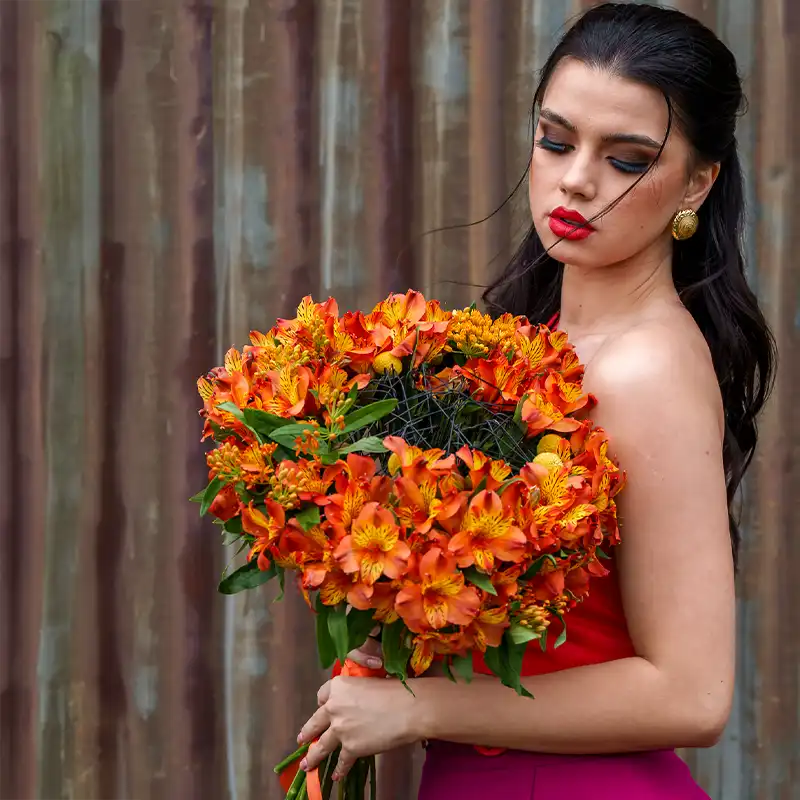An interview with Together2Grow about their new Alstroemeria Florinca variety “Mojito”. Learn more about this refreshingly new variety and the innovative mindset of its joint collaborators Together2Grow.
Together2Grow was the first grower with a spray Alstroemeria. Can you tell us how this process went?
Together2Grow, together with a progressive exporter, spotted the first Florinca varieties in the breedings of Könst Alstroemeria and Royal van Zanten. These breeders are where the origin finds itself. Jointly we decided that this product should not be marketed as 'Alstroemeria' and that the story behind it must be t All this in a closed chain.
What is the story behind the Alstroemeria Florinca line?
The Florincas have actually been out for 25 years. At that time the flowers were marketed (on a smaller scale) under the name Alstresia. Perhaps the Alstresia was too early in its existence, it certainly wasn't a success. Five years ago, the "group name" Florinca was called into the world. It does have a link with the Alstroemeria; it is cultivated in almost the same way and is genetically very close to an Alstroemeria. The difference is the lack of pistils and pollen in Florincas. Besides that the shape of the crown is different and the Florincas have many more flowers per stem compared to the Alstroemeria. The flowers are also harvested at a more mature stage. Because they are harvested more mature, they are also more durable. Some cultivars stay good for up to 3 weeks. 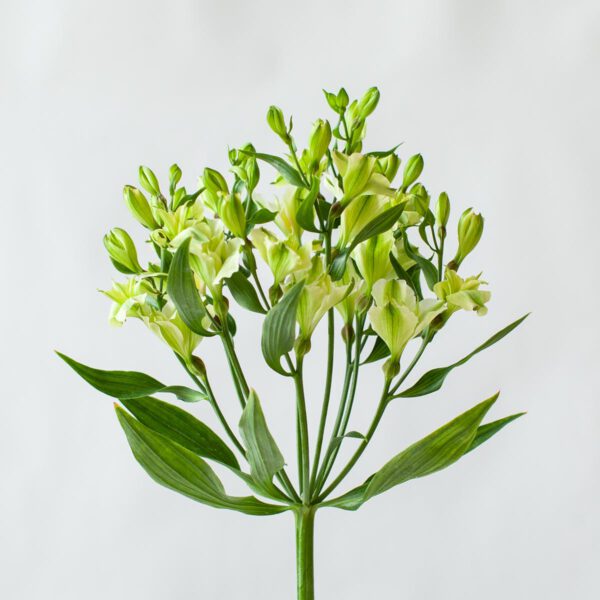
The pink Charmelia is widely known as an Alstroemeria species. At the moment we hear a lot about the Florinca Mojito. For the florist: what is the difference between Charmelia and Florinca from your perspective?
The Florinca is the group name, which includes the Charmelia. Together2Grow has exclusivity in the cultivation and marketing of Charmelia in the European landscape. The standards for Charmelia varieties are higher than those of Florincas. This is particularly expressed in more flowers and a better shelf life. Charmelia pink was the first type to be released in this new series (already 5 years ago). With this, novelties have won prizes and after that the Charmelia has only gained more popularity. We at Together2Grow also think it is a good thing that other breeders have started breeding Florinca varieties. There are now more than 10 different varieties of Florinca varieties available. That brings us to the Mojito, the variety that we were able to introduce exclusively in mid-2019.
The Mojito is a refreshing name. What do you base the Alstroemeria names on?
We do this together with breeder Könst Alstroemeria. In this case we have put out a competition to decide on the name. A lucky (English) florist has won the prize and that's how we have chosen the name Mojito. 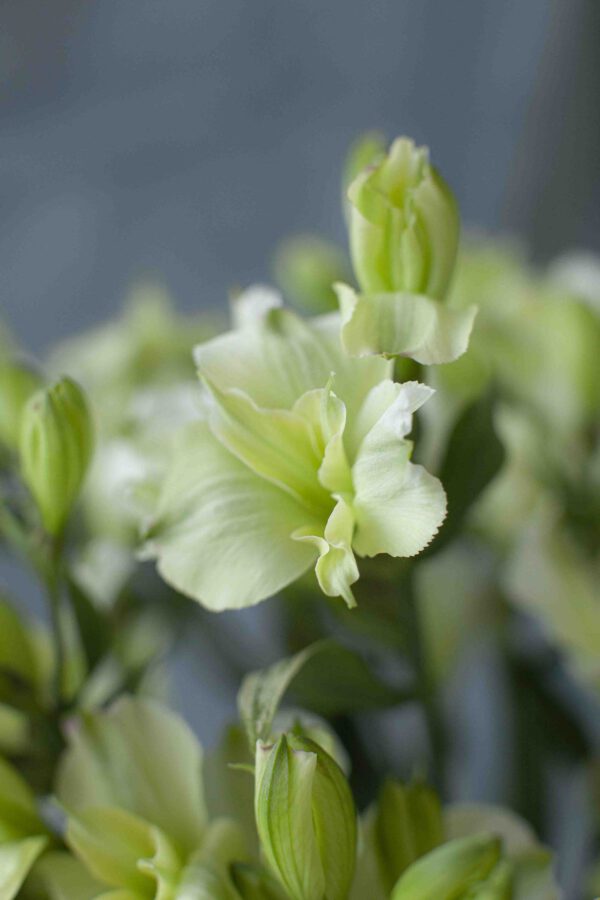
How do you see the Mojito being used by the florist?
The best way Mojito is being used in exclusive mixed bouquets, the green-tinted flowers fit well in almost any (mix) bouquet. The Mojito crown is so royal that a single stem per bouquet is sufficient to fill your bouquet.
As a grower you constantly innovate, we can see that from the exclusive varieties that you introduce. Where do you currently focus on?
Currently, almost 3 quarters of the 8.8 HA are equipped with LED lighting. In the coming years, we want to focus on full LED lighting in the greenhouse (and therefore grow more energy-efficient). In addition, we strive for 100% organic cultivation. Which currently is 95% successful and we are still moving closer towards 100% every year. We are affiliated with heat cooperatives, where we assume that we can also gain experience in geothermal heat at two locations within the foreseeable future. In addition, we have been asked by the market for a biodegradable cover. With our partner Decorum, we have developed a recognizable cover that we offer to our customers. By providing insight into our CO2 footprint and focus on the areas of attention that are needed in this sustainable process we are convinced that we can grow these already sustainable product, Alstroemerias and Florincas, even more sustainably. 